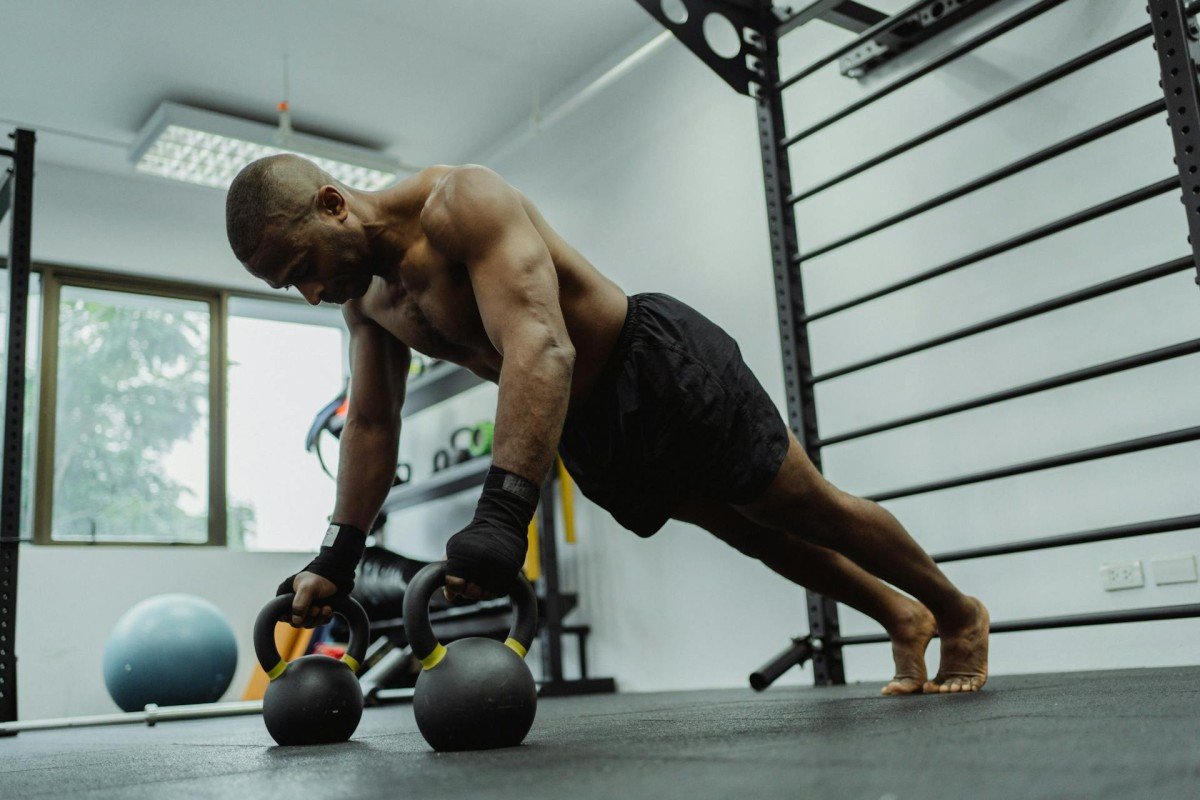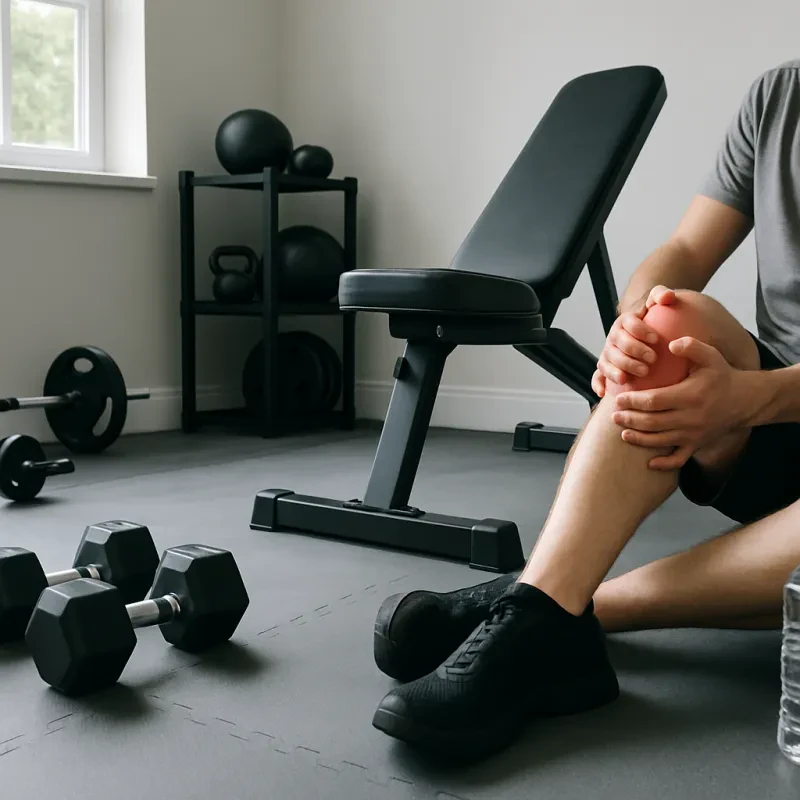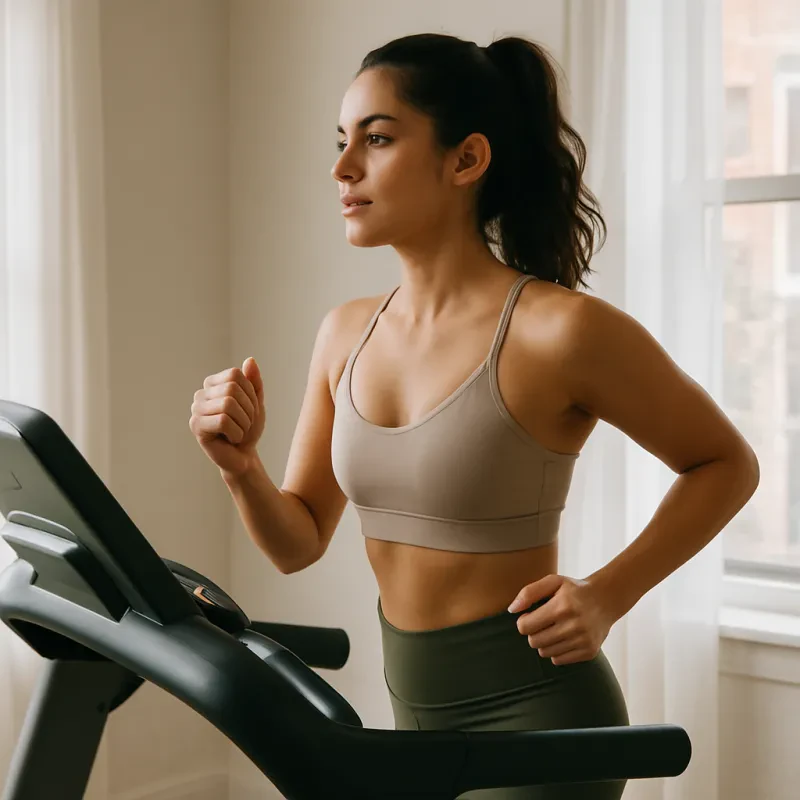Setting up a home gym is a great way to stay fit, save money, and work out on your own schedule. However, without the right precautions, home workouts can lead to injuries, equipment mishaps, and unnecessary risks. Whether you’re lifting weights, doing cardio, or using resistance bands, following proper home gym safety tips is essential for injury prevention and long-term fitness success.
Here are six common sense home gym safety tips to help you train smart and get the most out of your workouts safely.
1. Set Up a Safe Workout Space
A cluttered or poorly organized home gym can increase the risk of tripping, falling, or accidental injuries. Ensuring you have a safe workout environment is the first step to accident prevention.
Safety Tips for Your Home Gym Setup:
-
Clear the Floor Space: Remove any loose objects, cables, or obstacles.
-
Secure Your Equipment: Ensure dumbbells, kettlebells, and weights are properly stored when not in use.
-
Use Non-Slip Flooring: Opt for rubber mats or padded flooring to reduce impact and prevent slipping.
-
Ensure Proper Ventilation: Good airflow helps maintain oxygen levels and temperature control.
-
Check Ceiling Clearance: If you’re doing jumping exercises, pull-ups, or using resistance bands, ensure there’s enough space overhead.
2. Warm Up and Cool Down Properly
Skipping a warm-up can increase your risk of muscle strain and joint injuries, while neglecting a cool-down can lead to stiffness and soreness.
Effective Warm-Up Routine:
-
Dynamic stretching (leg swings, arm circles, torso twists)
-
Light cardio (jump rope, jogging in place, cycling for 5 minutes)
-
Mobility exercises for joints and muscles you’ll be targeting
Cool-Down Tips:
-
Slow down gradually to allow your heart rate to return to normal.
-
Perform static stretches to improve flexibility and recovery.
-
Use foam rollers to ease muscle tension and prevent soreness.
3. Use Proper Form and Technique
Performing exercises with poor form can cause muscle strains, joint injuries, and chronic pain. Whether you're lifting weights, doing bodyweight exercises, or using gym machines, maintaining correct technique is key to injury prevention.
How to Maintain Proper Form:
-
Start with lighter weights and focus on controlled movements.
-
Keep your core engaged for better balance and posture.
-
Use mirrors or video recordings to check your form.
-
Follow exercise guides or professional training videos.
-
Avoid rushing reps, quality over quantity is crucial.
4. Know Your Limits and Avoid Overtraining
Overtraining can lead to fatigue, decreased performance, and injuries. It’s important to listen to your body and avoid excessive strain.
Signs of Overtraining:
-
Persistent soreness or joint pain
-
Decreased strength and endurance
-
Irritability, mood swings, or trouble sleeping
-
Frequent injuries or slow recovery
How to Prevent Overtraining:
-
Follow a structured workout plan with rest days.
-
Mix up your routine to avoid repetitive stress injuries.
-
Get enough sleep and prioritize nutrition for muscle recovery.
-
Take active rest days with light stretching, yoga, or walking.
5. Secure and Maintain Your Equipment
Faulty or unstable equipment can be dangerous. Regular maintenance and inspections can help prevent malfunctions and ensure a safer workout experience.
Home Gym Equipment Safety Tips:
-
Check bolts, screws, and cables for wear and tear.
-
Ensure weight plates and dumbbells are properly secured.
-
Keep resistance bands and jump ropes in good condition.
-
Clean and sanitize handles, mats, and machines to prevent bacteria buildup.
-
Store heavy equipment properly to avoid accidental injuries.
6. Have an Emergency Plan in Place
Even with precautions, accidents can still happen. Having a plan in place ensures you’re prepared for injuries or emergencies.
Home Gym Emergency Preparedness:
-
Keep a first aid kit nearby with bandages, ice packs, and antiseptics.
-
Have emergency contact numbers easily accessible.
-
If lifting heavy, consider having a workout buddy or safety spotter.
-
Learn basic CPR and first aid techniques.
-
In case of dizziness, nausea, or extreme pain, stop exercising immediately and seek medical help if necessary.
Train Smart and Stay Safe
Building a home gym allows for flexible and convenient workouts, but safety should always be a top priority. By setting up a safe space, warming up properly, maintaining good form, avoiding overtraining, checking equipment, and preparing for emergencies, you can prevent injuries and enjoy consistent fitness progress.



